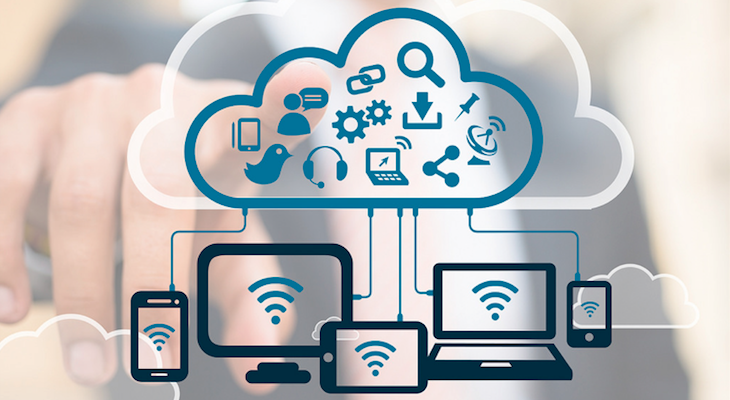Long gone are the days when “disruptive” was an insult. Nowadays disruptive technology is quickly becoming the media’s term of endearment as startups race to reach new pinnacles in automation, topple expectations and turn entire industries on their heads. While we used to see revolutionary changes in technology perhaps once per decade, we’re seeing radical advancements nearly every year in the millennium. This year will be no different.
Experts have already made various predictions for disruptive technology in 2017, like the ever-growing importance of UI and the true beginning of the “Internet of Everything.” But an almost unanimous agreement is the idea that big data will become even more sophisticated and dynamic. Its capabilities will grow to allow organizations to capture more information and use that information to develop an effective growth strategy. Businesses can finally break free of guesswork, measure customer behavior and make accurate predictions and decisions based on real-time data. While this pattern has already been in motion for years, it will take off even further in a few specific ways in 2017.
Better customer service
In previous years, a common trend for small businesses was to compile a huge amount of data with little understanding or ability to analyze it. This lead to a false sense of accomplishment, as a wealth of data had been collected, but many organizations were unable to draw conclusions and make better decisions for their customers with it. They were largely clueless, and it wasn’t their fault – this method of using big data to guide business strategy was still new.
Today, it’s no longer an option to tap into the minds of your customer-base, but rather a necessity for long-term sustainability. Research shows that consumers, spoiled by the instant gratification of modern technology, expect much more from brands than they did in the past. Personalization is one of these key expectations, only attainable when a brand can analyze its data and crack the code of what their customers really need. Data enrichment will bring businesses one step closer by allowing large data sets to be combed and refined. CRM professionals can expect an easier job as tools begin doing a greater chunk of the tedious work, like pre-populating data sets.
Related: Startups Changing the World in 2017
From reactive to predictive
Another revolutionary change that is picking up speed is the shift from reactive to predictive analytics. In recent years, the standard practice was to look at what happened (what customers did, how much was earned in sales, how effective a marketing campaign was) and then make future changes based on the new knowledge. While this is still a highly useful practice compared to the alternative (pure guessing), analytics has evolved to do some of that thinking for you. Instead of looking at your data to tweak things in the future, predictive analytics tells you what to do from the start. From data mining to machine learning and artificial intelligence, predictive analytics not only helps you make the right decisions, but helps avert disaster, as well. You can expect this to be a big theme in disruptive technology in 2017.
Greater accessibility
Yes, the learning curve is sharp and many companies are scrambling to keep up with the ever-growing pool of new data tools and capabilities. It can be overwhelming for even an expert, not to mention the thousands of small business owners who have little experience and skill in the realm of analytics. But thanks to more affordable cloud-based solutions, we’re moving toward a period of greater accessibility. As the data science and big data communities begin to overlap, tools will be developed to better accommodate data scientists with little AI experience. In addition, you can expect to see an uptick in platforms that allow you to merge datasets from unique sources.
There has also been discussion around what experts are calling “learning layers.” Data scientists are familiar with the complex algorithms used to answer critical business questions such as, “How much revenue was pulled in during April of 2016?” However, getting these seemingly straightforward questions answered is not so easy for non-data scientists, who are typically unfamiliar navigating large datasets. But by weaving a social learning layer into modern data analytics tools, they can actually learn from the user’s behavior. No longer are you working alone to understand the tool, but the tool is also working to understand you. This means that non-experts may have a chance to interact with complex tools without wasting tons of time or getting false results.
Related: Sign up to receive the StartupNation newsletter!
The future of disruptive technology
If you already thought big data was transforming how multiple industries operate, get ready for even greater advancements. Businesses can anticipate even more disruptive technology in 2017, as big data tools simultaneously become more accessible and streamlined, yet more multifaceted and capable.
With strategic leadership in place, businesses can take advantage of these advancements more than ever. The challenges many organizations will face in the coming year deal more with skillset limitations than with actual technology limitations. So be sure to keep your team as educated and empowered as possible. With the plethora of new insights that are available to small businesses, you won’t regret the time investment.






